Aislinn Chuahiock on Bringing Lomography to a New Generation
14 Share TweetIn the Philippines, Aislinn Chuahiock is a name that many people in the analogue community will know. Along with her many friends and collaborators, Aislinn found ways to grow the culture and make film photography more accessible. Heavily influenced by the Lomography movement, which she recognised early on as a guiding light for many, she now continues helping the community to grow as another generation discovers film, and with it new ways to express themselves.
Recently we had the chance to talk to Aislinn and get to know more about her as a photographer, as well as find out how she made an impact in the Philippine film community.
Greetings Aislinn! Can you introduce yourself and tell us about how you started your analogue journey?
Hi! My name is Aislinn and I am the co-owner of Film Folk and Sunny16 Lab. So, basically, I didn't start photography, I grew up with it. I'm lucky to be part of that generation that enjoyed both film and the birth of digital. My interest in photography never really died down but in the past maybe 15-20 years, I really focused my photography, or my love for photography with the film medium.
There was an opportunity to be more active in the community by building a market for it here in the Philippines back early 2010s. So I gathered like-minded people who loved analogue culture and at first we opened the record store Satchmi, and then we saw that people who love vinyl also have the same interests in terms of film. So we brought in film a little bit first, and then it boomed really, really fast. And we kind of understood immediately that there was no way that I could sustain this market if I did not also offer services like processing. So with another set of like-minded film buffs, we established Sunny16 Lab. That's how it all started in a nutshell.
When did you first encounter Lomography?
Lomography for me was at the forefront of photography, I'm going to say maybe early 2000s. It used to be everywhere. It used to be ubiquitous in the film community and, although the film community and industry back then was a little more niche, now it's gaining a lot of traction again. I remember when I was in college in the early 2000s everybody aspired to have an LC-A, Lubitel and Diana F+. It was like a prestigious film movement but it kind of tapered off. And, you know, that's normal. There was such an element of cool back then that was unparalleled. So I really do hope younger generations and more people can experience that whole culture and movement like I did.
You're part of the film community as a photographer, lab owner, and seller of film. How interesting has it been for you to impact the culture here and how was the growth you saw?
First, interest in film never died down. It was always a matter of supply and price for film because as you know, the film prices really surged almost unreasonably in the past five years. We saw another big resurgence between 2013 and 2016. Honestly, we're not the first people to do this. I mean, even when I was in college, we had so many people who had been selling film who have been catering to this market. But I think one of the things that we did differently was we took film to the digital age. We made it a proper brand that new markets appreciate, can empathize with, or connect with, and you could absolutely say Lomography was a big inspiration. I loved how they marketed their brand in the early 2000s.
Subconsciously when we were building FilmFolk, we had Lomography at our heart, because we experienced that kind of love, that kind of passion towards a brand, and we wanted to be something like that. So in regards to your question about the growth and how it evolved, you see, I think people who have fallen in love with film for the past 30 years still love film.
The market is also trying to find new customers, new fans, or new users, like people in their early 20s. And a lot of the old timers right now are really inspirational. They inspire a lot of young people to shoot film. And there's the onslaught of online resources. You have kids on TikTok, you have kids on YouTube. Learning how to shoot film is more accessible now than it was five years ago.
You mentioned how older people are an inspiration and though I do agree, there still can be tension and a disconnect between older, purer film users and the new generation who are perhaps more interested in experimenting. Why do you think there's still a push and pull between older fans who want to keep the format alive and the new members who are generally interested?
What's fantastic about the film industry and its users is that different people adhere to different processes. We cannot blame the old timers for loving the process that they have enjoyed. Keeping to their process is preserving the purity of the film process because part of film photography is learning how to physically manipulate it through the old means. So it's those values that old timers are trying to protect and we cannot forget them. But, you know, through the years, people have started to accept that there are new tools, Photoshop, Lightroom, Canva, Instagram, and all these things.
I slowly learned that whatever the form of photography, it is a self-expression of artistic talent. Now you cannot keep somebody's talent, or you cannot keep somebody's process. Everybody learns from each other. If photography is an expression, whether you shoot film and manipulate it after, or shoot digitally and manipulate it to look like something else, it's about how the finished product speaks to the viewer.
In the past you've said that your favorite cameras are the Leica M6, Nikon F2, Rolleiflex, and my Pentax Spotmatic. Does this still hold true today and what other cameras are you drawn to?
I'm always a Rolliflex girl at heart. But you know, all the cameras that you mentioned are still my go-to today, because they are tried, tested, and reliable. But I think for the past three or four years, I've dabbled in 6x7. As much as I love the Leica M6 which is like the Hermes of cameras, I also love my Pentax Spotmatic just as much as I love the high-end cameras, but I've also learned to appreciate those affordable ones. People always say photos must be super sharp or must be properly exposed but you can shoot a relatively underexposed role, and people will find it nice because it's artistic. So what I'm trying to say is your gear does not necessarily spell how great an image is. It's all about you, and how you use these tools.
That's so true. I've found myself reaching out for the Lomo LC-A+ rather than some of my other cameras for my nightlife photography because it's so fun and easy to use.
You know one of my very first 35 mm film cameras when I was shooting again more seriously was the LC-A with all the different accessories. And I got one because I loved it so much. I've shot with it for a long time and I've gotten some of the coolest shots that I've ever taken. So it doesn't mean that it's worse quality than let's say a Leica M6, it's just a different outcome and image. You have to shoot all kinds of cameras that are made available to you, if you have access to it, because every camera is totally different. Its strengths are different, the output is different. And you will find that film photography is not just about film, it's about these cameras as well.
Besides cameras what film stocks are your go-to?
My black and white go-to is Ilford films. FP4, HP5 and Delta 100. For color, you can ask anybody, I have been the loudest advocate of Lomography CN 400. As somebody who shoots a lot of color film, I cannot shoot Portra all the time. It's so expensive. So I did nothing but shoot Lomo CN 400 for two years and I love it so much. Besides this, the Lomography movement is what taught and encouraged me to try shooting with expired film. Once you understand where to apply a certain film stock, then you know, it just opens an entire understanding of film photography.
In an interview in 2017 you're quoted as saying, "I shoot what I want”. How would you describe your photography style now, and your developments since then?
I still shoot what I want, but I think I am a little bit more conscious about the technicalities. I try to be a little bit more technical because I feel the only way I could come up with an image that I appreciate is if I understood the technicalities of exposure, ISO, all these things. I always try to apply that knowledge.
I also want to be a little bit more daring with my photography and one of the things that I'm very uncomfortable with is portraits. So if you notice a lot of my photos recently have been of people because I tried to be a bit more confident in asking permission and shooting people. I also really got into pinhole photography because of the lockdown.
What's one piece of advice you would like to give to others just starting out in film photography?
I think when people shoot film, they're pressured to come up with an artistic output. I feel that there's the pressure to to produce something that is acceptable to what film is. And I'd love to tell people that you know what – make it about you. Make it about you because you love to shoot film, whether it's ugly, or it's good, it's underexposed, it's overexposed, never make it about other people's opinions because eventually you will get to where you want to be. If you're starting out, shoot as much as you can, regardless of what camera you're using, whether it's cheap film, expensive film, or expired film, just shoot! You're just here to enjoy the medium. Enjoy it. Don't be pressured to produce something socially acceptable.
You also develop your own film. Why is it important for film photographers to also learn this skill?
Yes, but I don't have a lot of time now which is why we opened the Sunny16 Lab. I do think it is important so that you get to enjoy the film process in its entirety, from purchasing the roll, to going out to shoot, to processing and scanning, and finally seeing the results. You put so much hard work into shooting film that you might as well process it yourself. I think people forget how the processing is just as important as the final output and how you capture the image, especially for black and white development.
I saw in the pandemic that self-development really boomed. People should try it once or twice. It's a fantastic skill and I don't want it to die just because there are labs and services that you can go to. Processing film is an art. Understanding the the chemicals that you can use, and understanding the times that you need to develop it to minimize and maximize grain, all these things are so procedural. And there's so much room for creativity in that. I understand why it can't be for everybody. But there's a group of people who absolutely fall in love with processing. They do their manipulation at that stage. You can find some fantastic results in processing, to scanning, to darkroom printing. It's a whole new leg of creativity in film photography, and I encourage everybody to try it once.
Besides the Lomo LC-A+ and Color Negative 400 film, how has your experience been with using other Lomography products?
The only film cameras from Lomography that I have owned myself are the LC-A+ and the Diana F+, but I also had for a time the LomoApparat. I'm pretty sure I've shot almost every Lomography camera but mostly through borrowing from friends. What I like most about these cameras is that they're so fun to use and I can just keep shooting without much thought. I'm probably the first person to back any Kickstarter that they have. I know the value of supporting a brand like Lomography which has been so loud, active, and supportive of the film community.
If you were to be a Lomography product what would you be and why?
I think the LomoApparat because I really love that it's such a sweet camera. It's so multitasking and I love that it's built well, has a lot of functions, you can do a lot with it. I find that it has the balance of affordability and the necessary tools to get you started in film photography.
Any final words of wisdom?
Keep shooting, keep supporting each other, keep things classy, and keep things positive. Always have the attitude of wonder and excitement when something new comes along. Don't let negativity bog you down. Don't let it ruin the experience of photography for you. And it's okay to shoot film and digital together. It's okay that these two technologies work together, right? At the end of the day be proud of what you've created.
We thank Aislinn for sharing her story and kind words. Be sure to keep up with her on Instagram as well as supporting her analogue businesses Sunny16 Lab and Film Folk.
written by rocket_fries0036 on 2024-02-07 #gear #culture #people #places #manila #interview #street-photography #lomo-lc-a #lomography-color-negative-400 #cn400 #lomoapparat #apac
















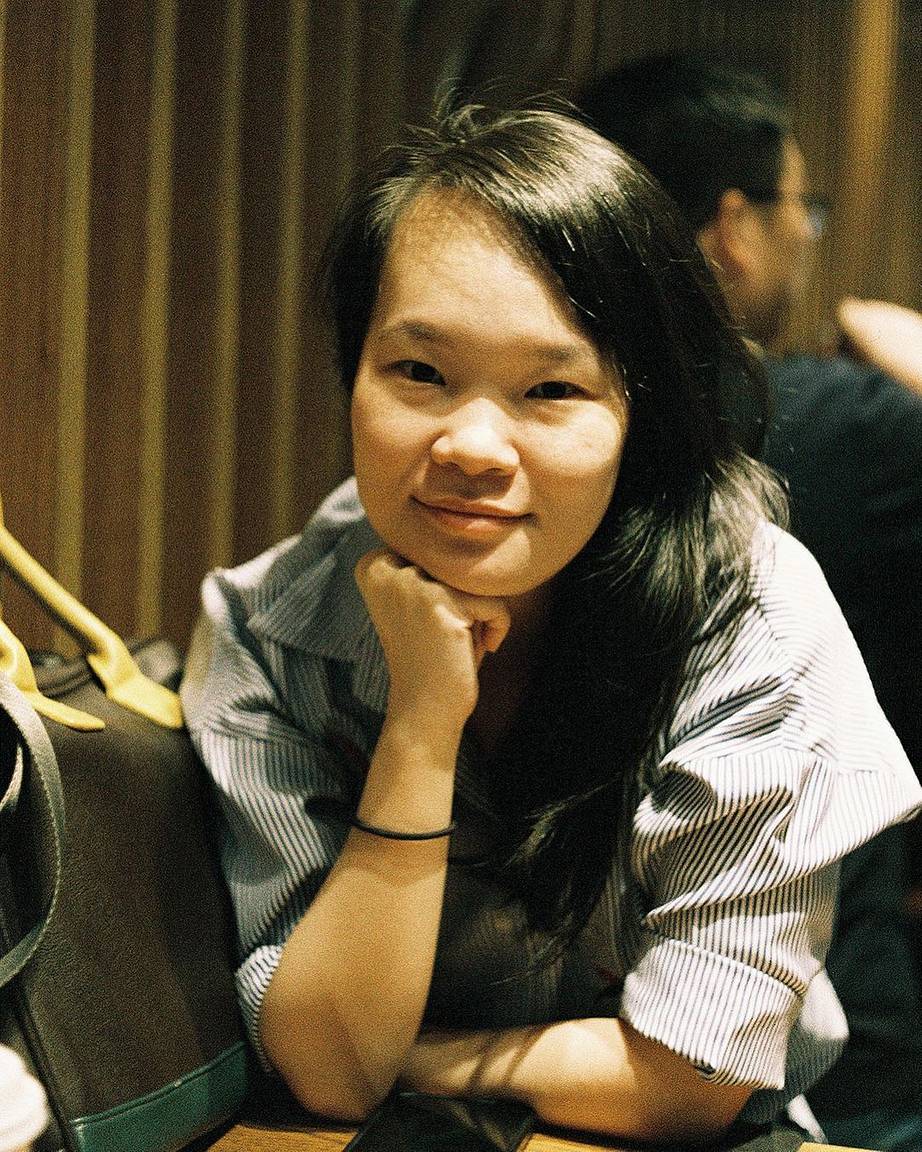

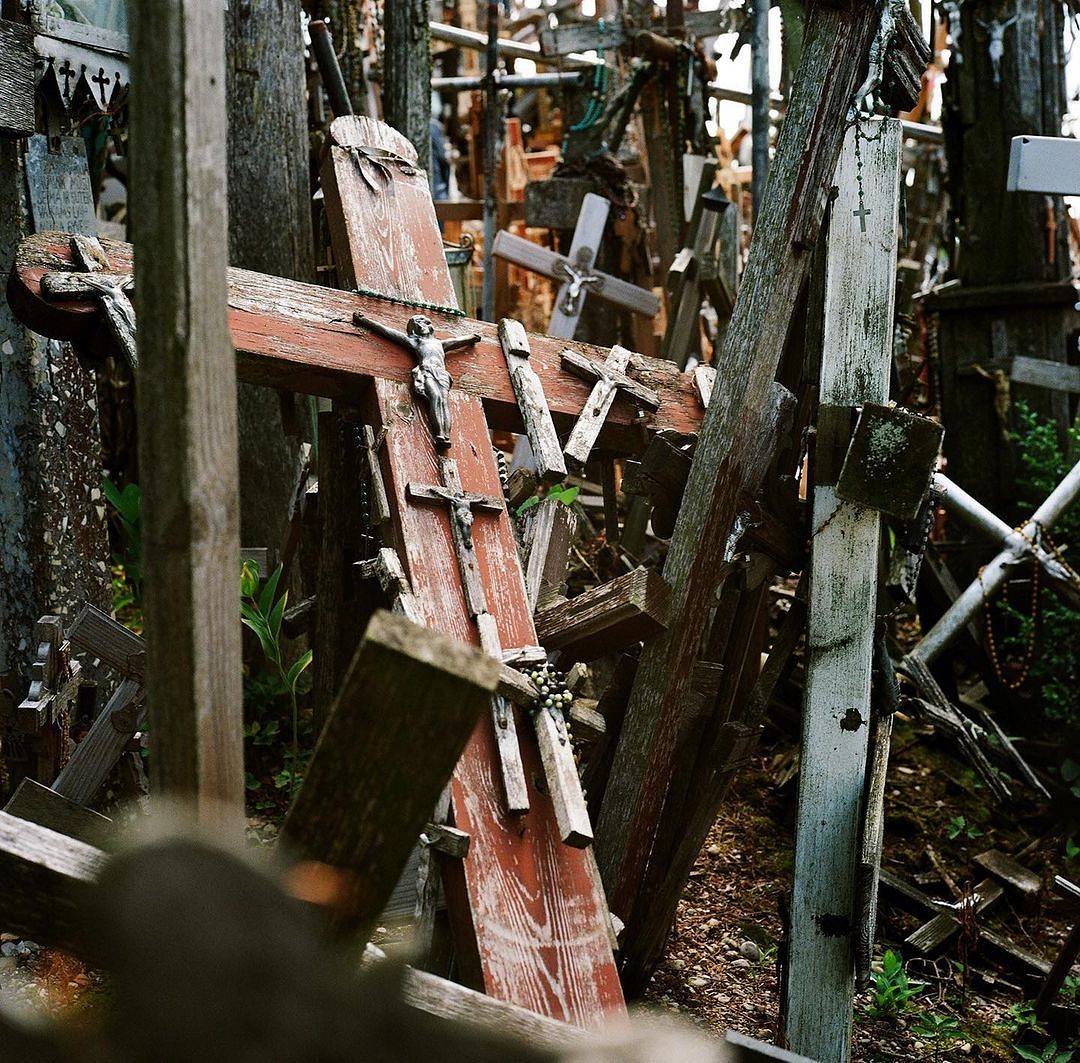




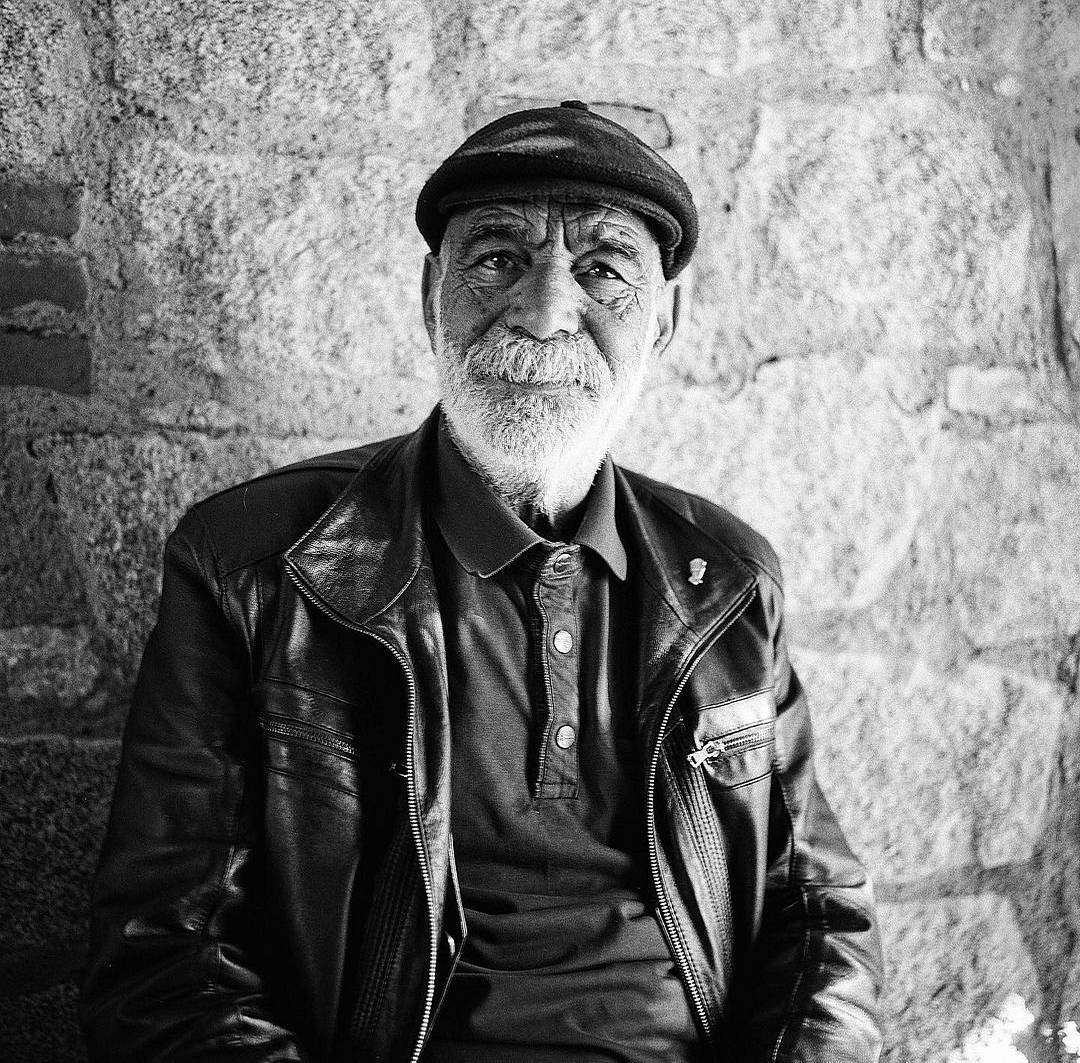

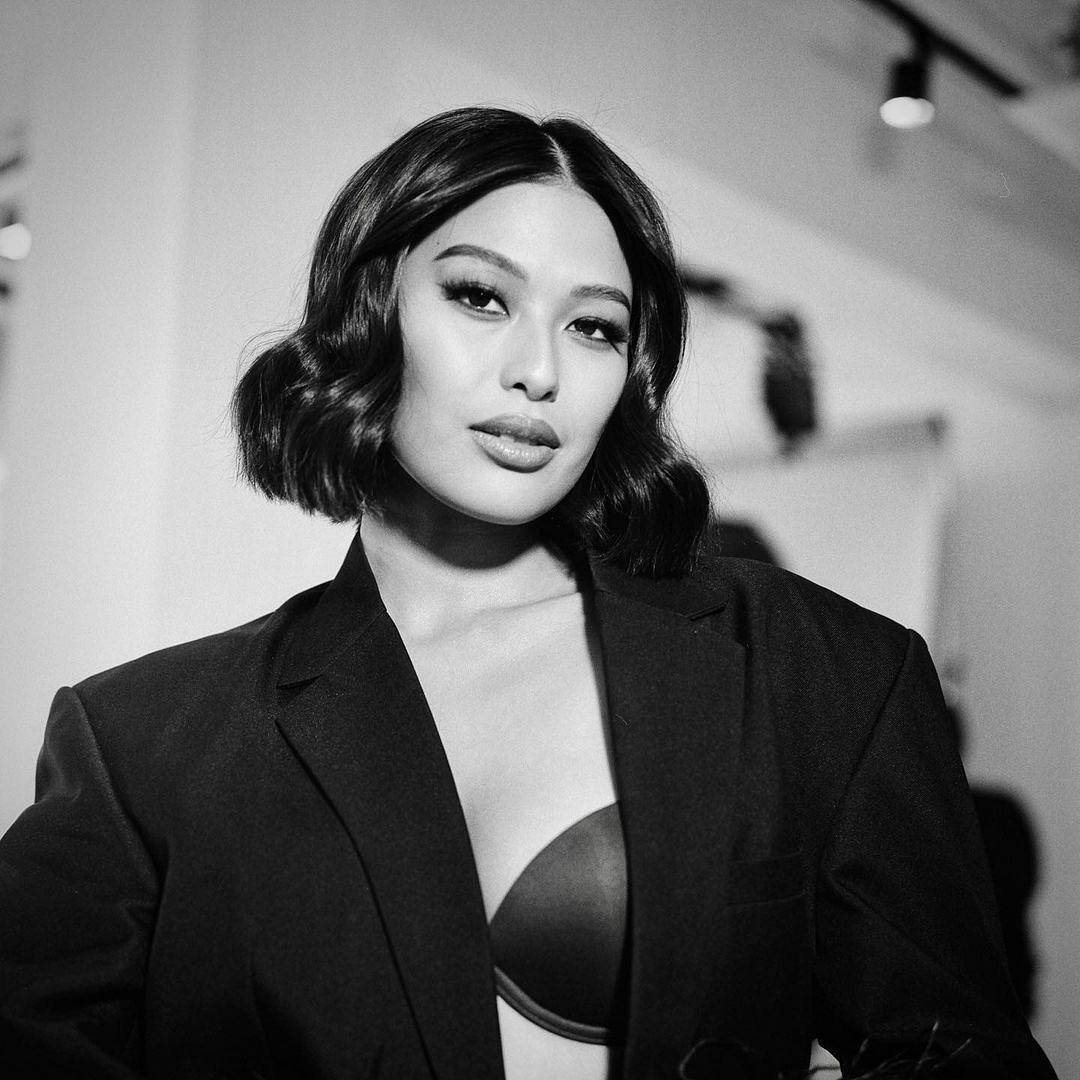







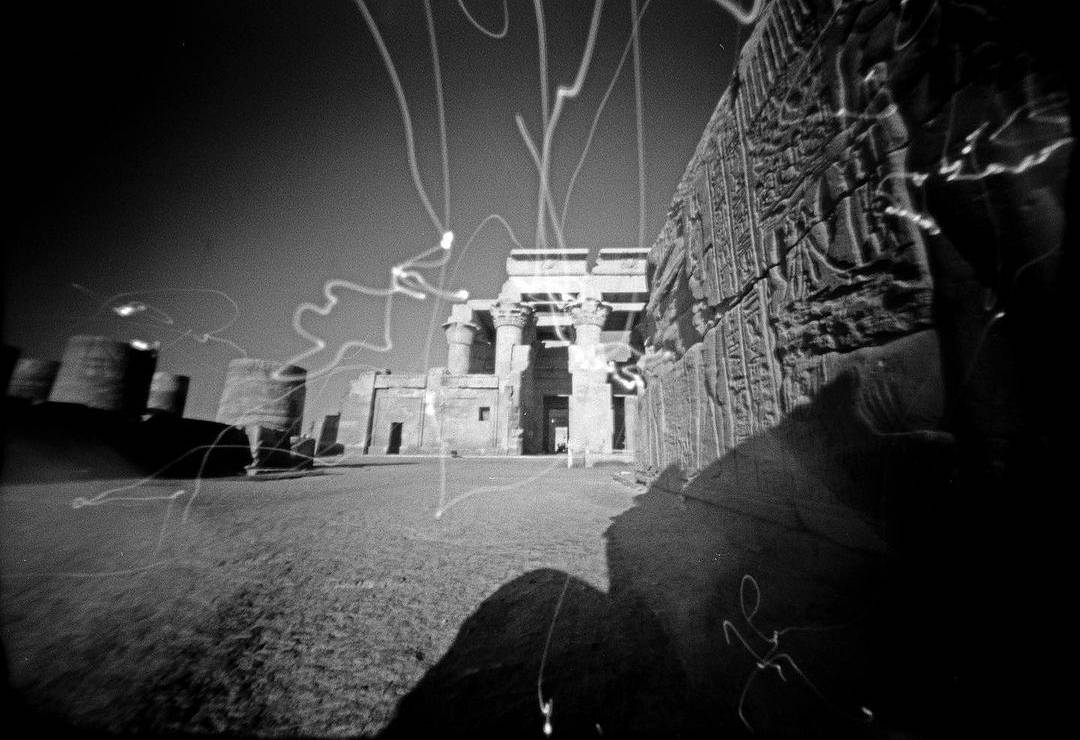









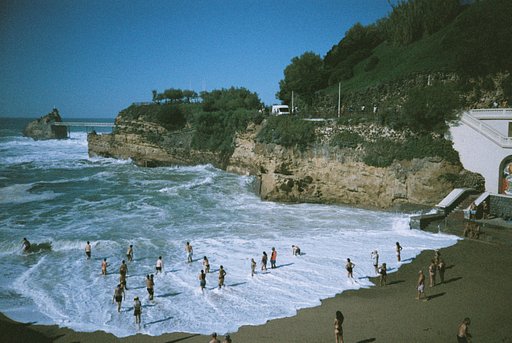







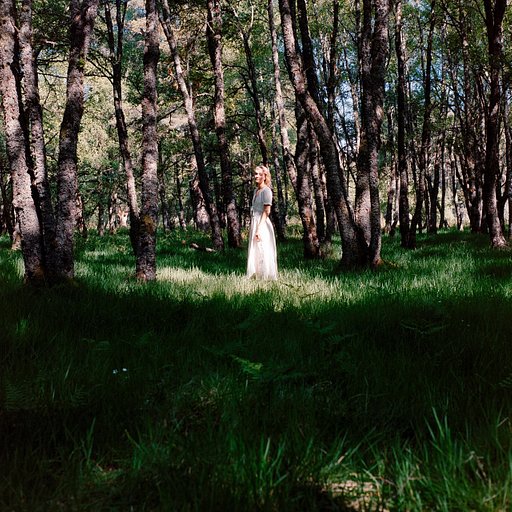

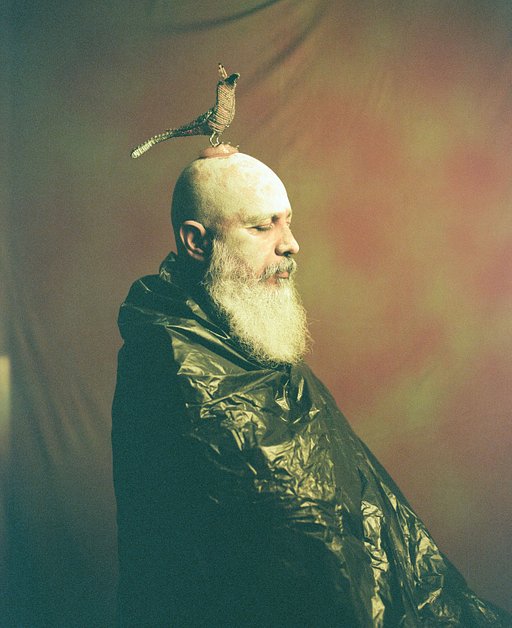



No Comments